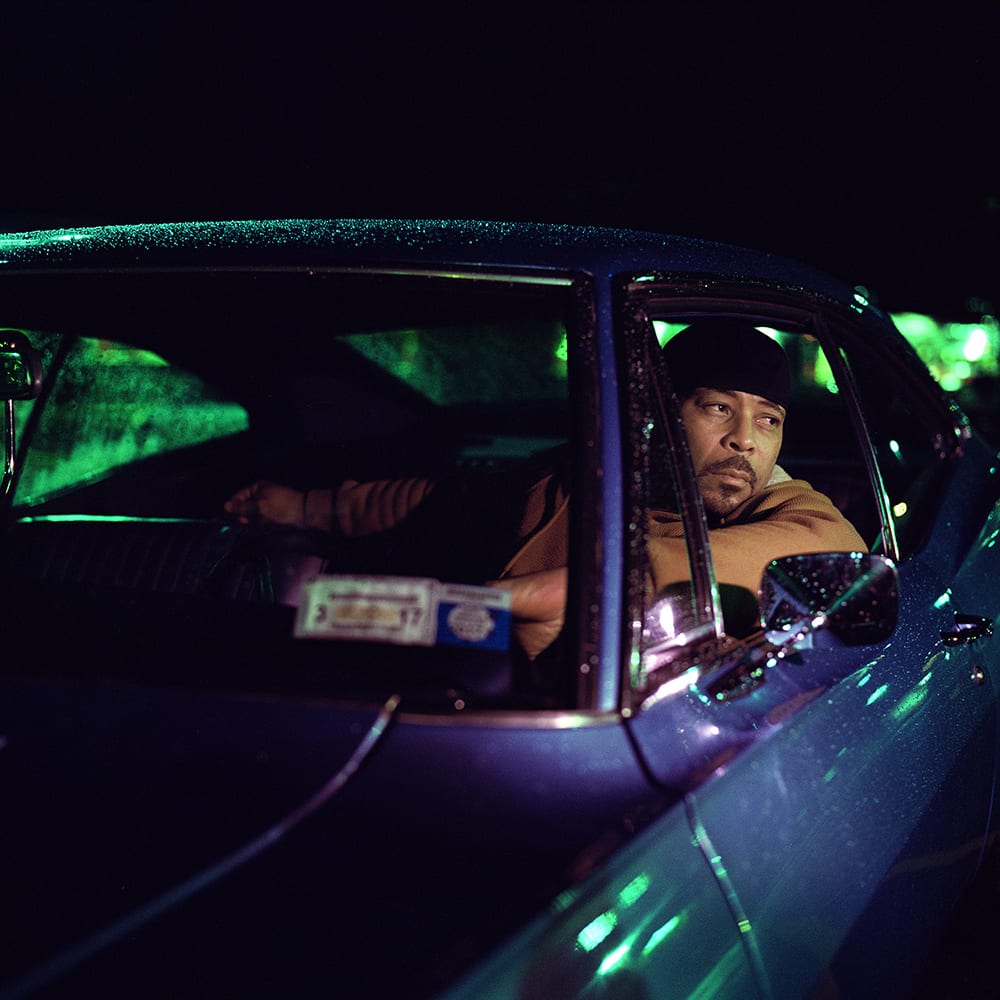When Owen Harvey arrived in New York last August, armed with his Bronica SQ-A, he wasn’t sure what to expect. Having just left a job to focus full-time on his own photography, he’d set off for America with a not-entirely-concrete plan to shoot a project on a low riders group he’d been in touch with over email.
“All they said was, ‘Yeah no worries, give us a call when you’re here’,” he remembers. “I didn’t really know if it was going ahead or not but I thought the worse thing that happens is I make some connections in New York and fly back a few weeks later.”
Luckily for him, they stuck to their word. The next three months saw Harvey fully immersed in the world of the Lunatics Lowrider Club: days spent meeting up with them individually to shoot portraits, nights spent cruising around the city in convoys of ten vehicles.
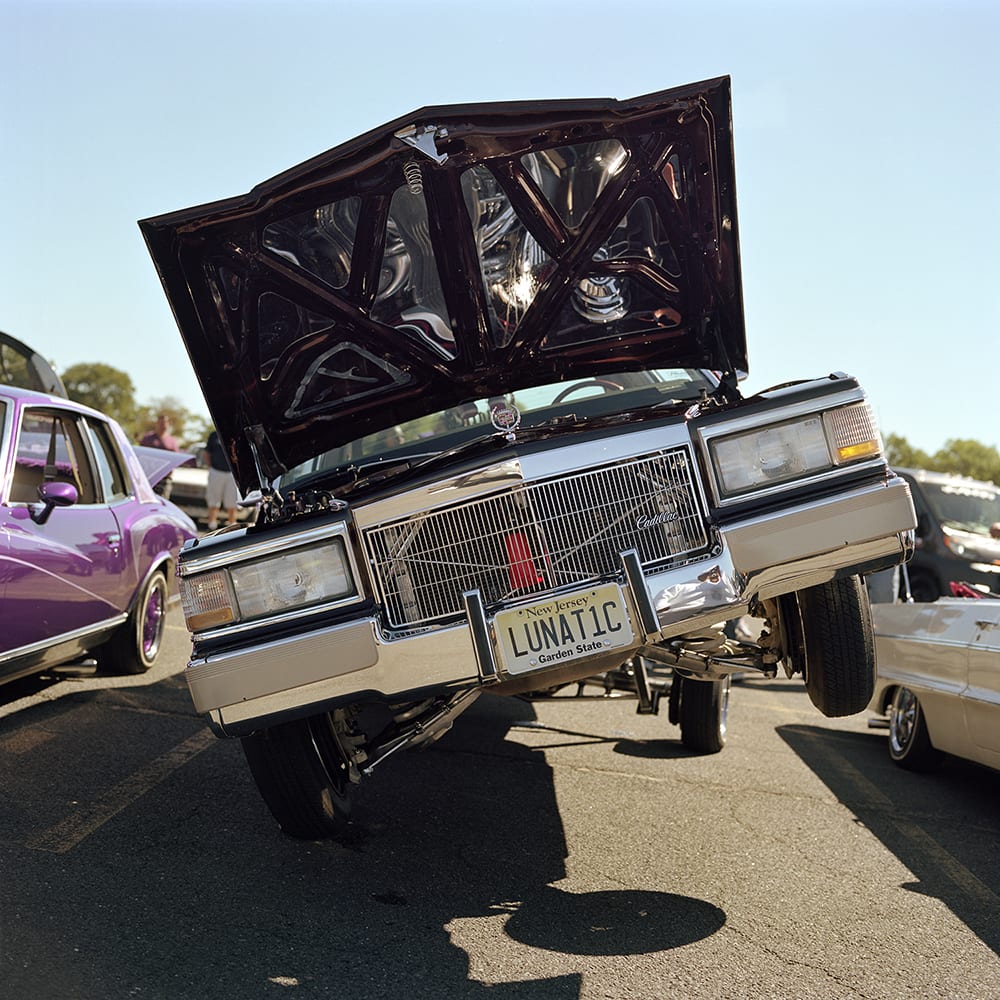
His work has been exhibited in group shows at The Photographer’s’ Gallery, the Royal Albert Hall and Metro Imaging Gallery, where he had his first solo exhibition in 2016. His first exposure to the low riders scene came as a teenager watching N.W.A and Cypress Hill videos with his rap-loving older brother.
Although initially drawn to the spectacle, through his research into the history of low riding he discovered a continuity with his previous work on subcultures.
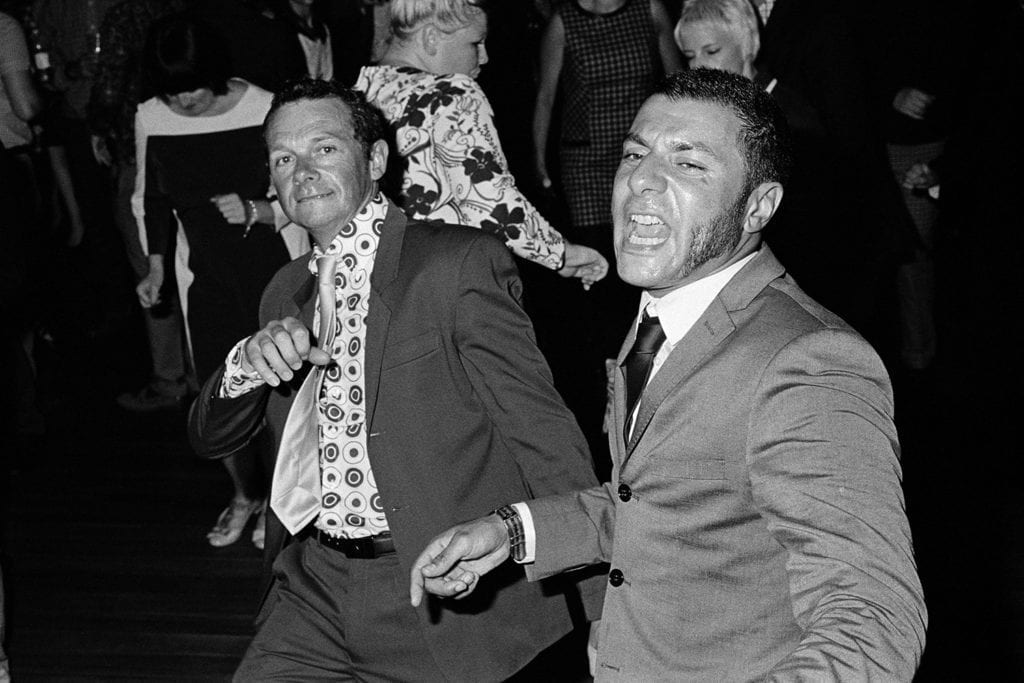
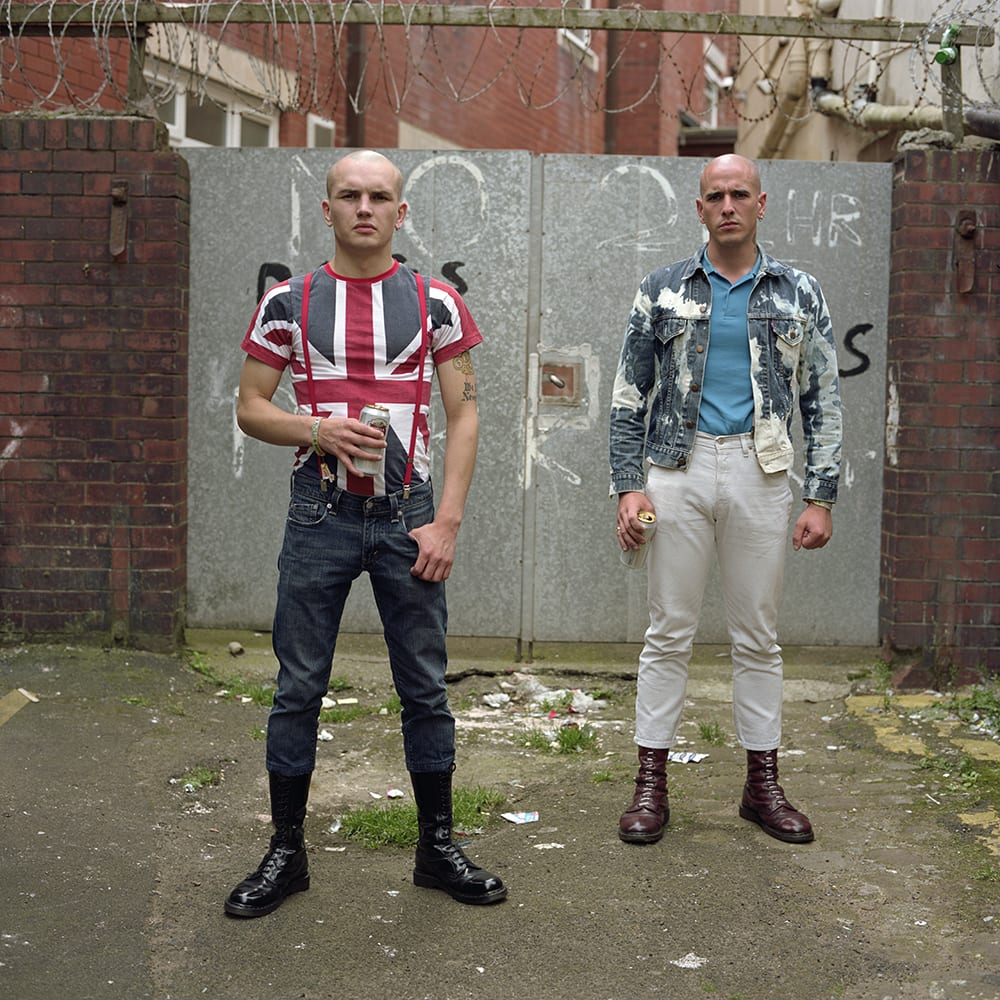
He also felt the need to expand his visual language, including how he edits. “[The mods work] was very punchy, black-and-white, heavy flash. For the next project I wanted to do something that was quite different so I didn’t get pigeonholed. I tried to keep a bit of that in the skinhead work but did it in colour and balanced the flash with natural light so it was a softer aesthetic.”
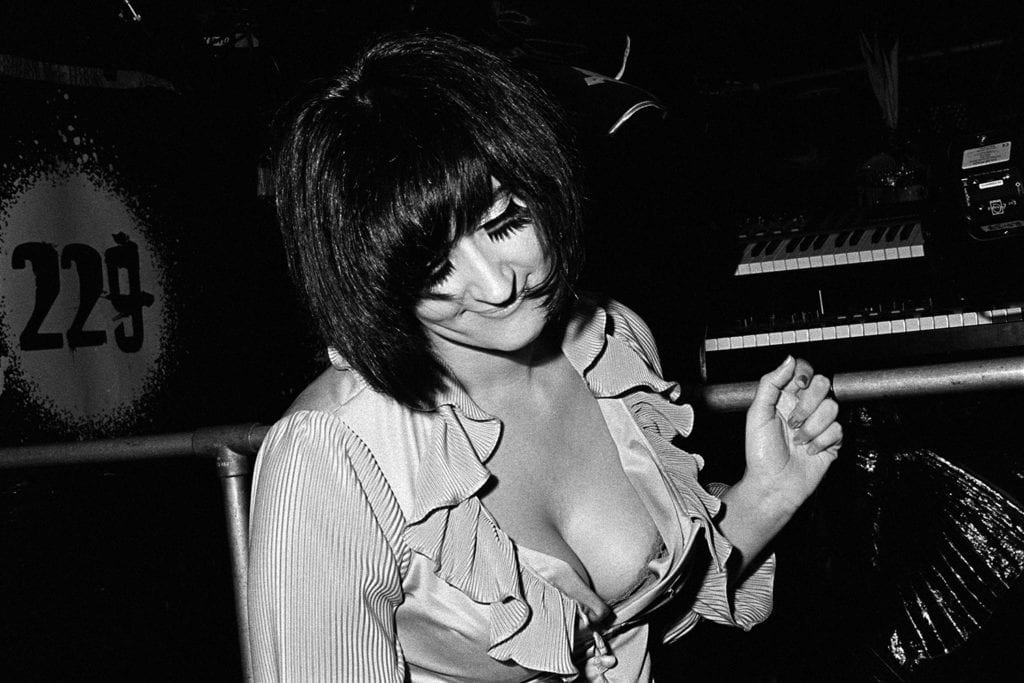
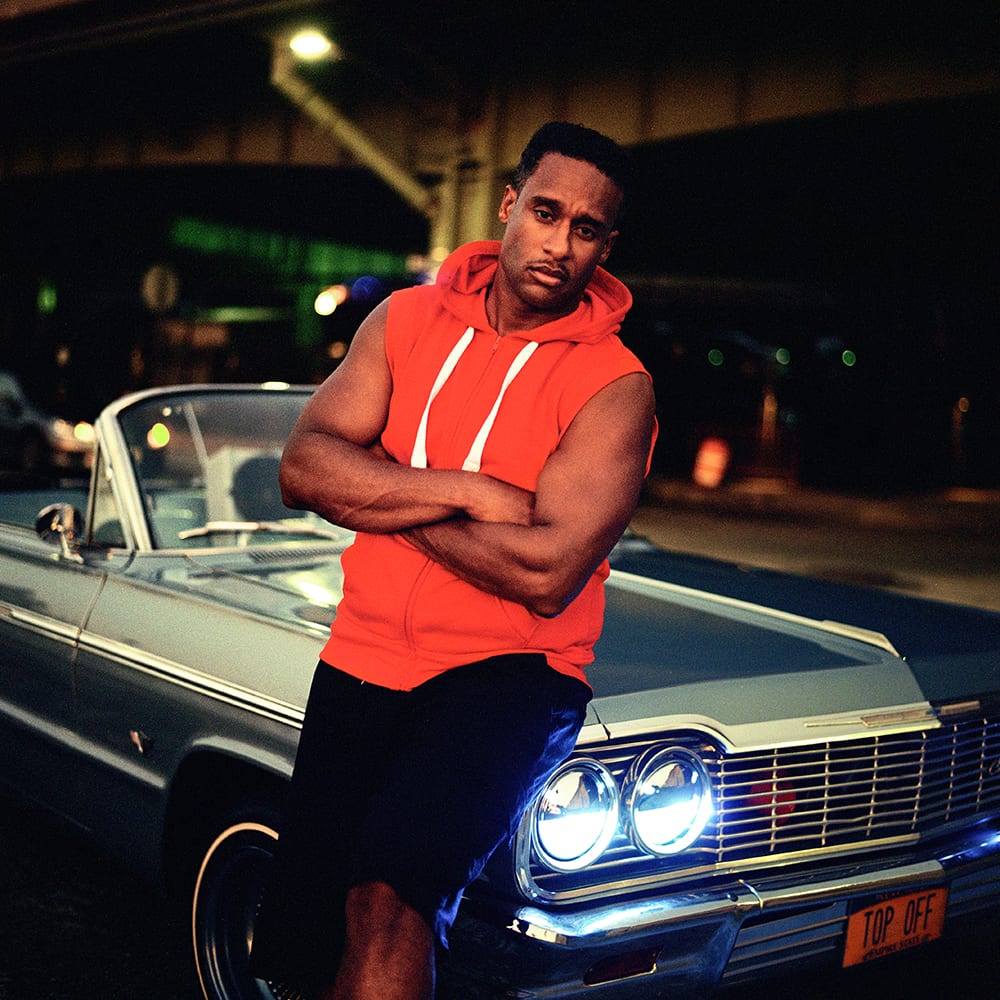
Harvey processes his work in the way film photographers have by hand for years, the difference being that digital is more efficient. “I’m a perfectionist, I like to get it right in camera so the main tools I use in Affinity Photo are dodging and burning – the same as you use in a darkroom – adding depth, shadows or highlights, anything that makes it a bit more dynamic. I also remove all the dust and marks, and give the image a clean up to make them look as good as they can.”
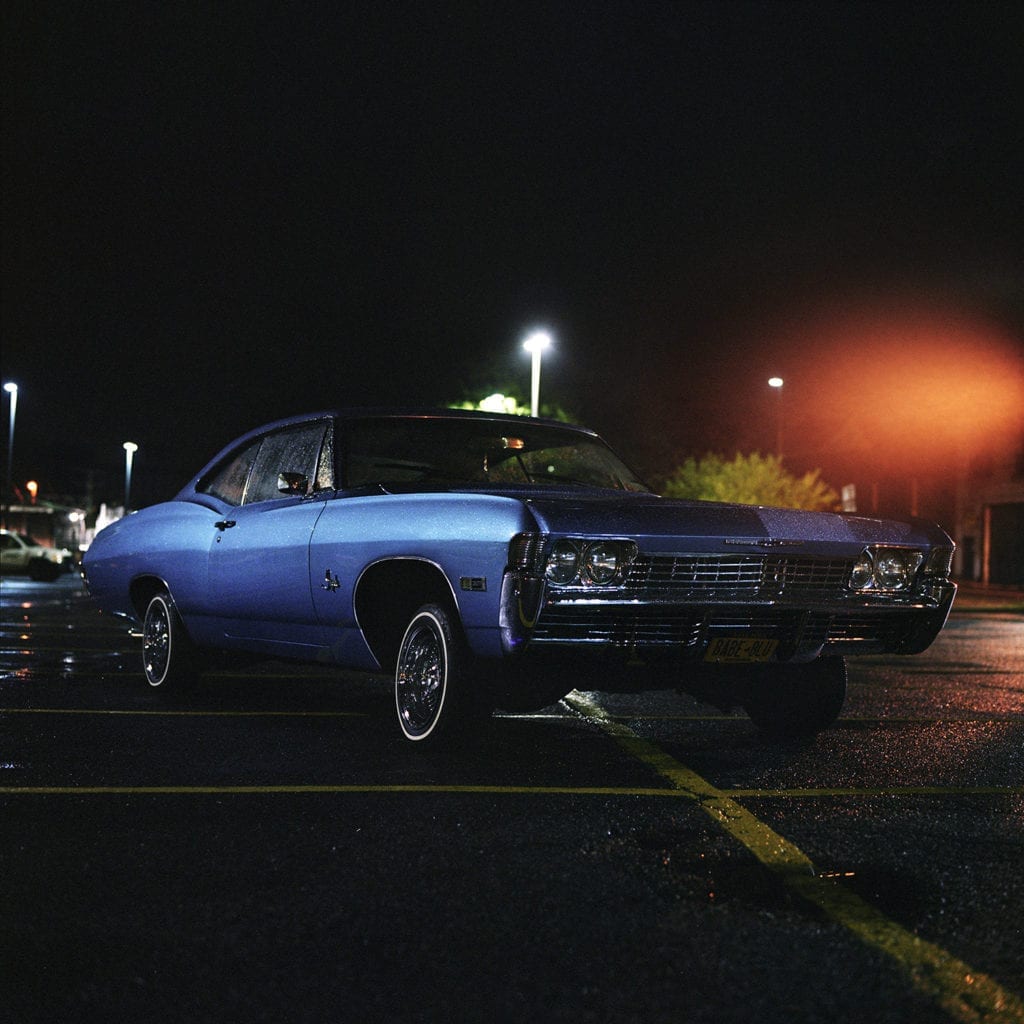
Affinity Photo and its partner app, Apple Design Award-winning Affinity Designer, were created by developer Serif to offer state-of-the-art software to professional photographers and designers. “We listened to what photographers and designers wanted. It wasn’t just a bunch of developers going off and designing an app – the process was completely creatively-led,” explains Serif’s Managing Director Ashley Hewson.
Affinity Photo is available to purchase – for a one-off payment of with free updates included – on Mac and has also recently been launched on Windows.
